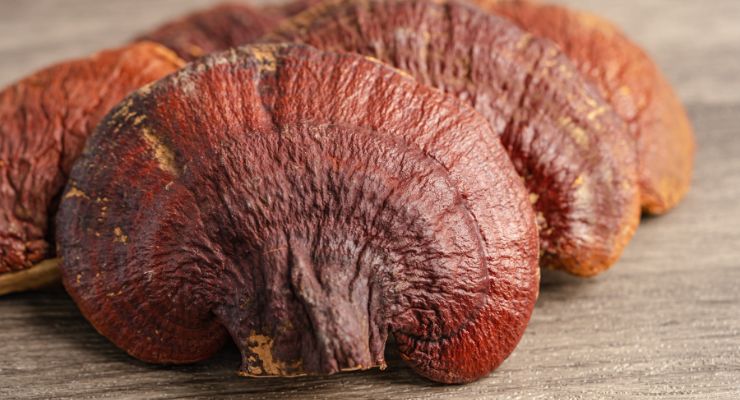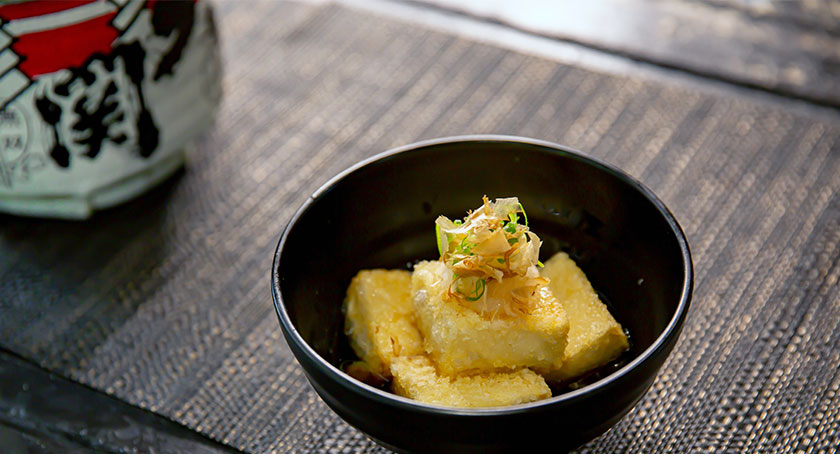Market Updates, Products & Ingredients
FDA Issues Interim Response to Nammex’s Mushroom Labeling Petition
The company requested changes in labeling policy to exclude mycelia, myceliated substrates, and spores from being labeled as “mushroom” ingredients.

By: Mike Montemarano

It seems unlikely that the U.S. Food and Drug Administration (FDA) will provide a resolution any time soon on how the term “mushroom” should be used in the labeling of dietary supplement ingredients, amid a multi-sided debate between industry stakeholders.
Nammex, a supplier of certified organic mushroom extracts, received an interim response today from the U.S. Food and Drug Administration in response to a citizen petition it filed in June, indicating that the agency wasn’t ready to approve, deny, or dismiss its request.
Nammex holds the position that the term “mushroom” on supplement labels should only refer to the fruiting body, i.e., the above-ground fungal part consisting of a cap and stem. The mycelium, an underground mass of thread-like hyphae which makes up the rest of the fungus, nor the substrate in which it is grown, should qualify as a “mushroom,” Nammex said.
The supplier requested that the FDA impose a rule that if an ingredient contains only other fungal parts, such as mycelium or spores, or if it fails to disclose grain ingredients, it shouldn’t be described as “mushroom” or “containing mushrooms” on a dietary supplement label.
The rule would be consistent with labeling requirements for botanical ingredients in dietary supplements, in that it would require companies to identify ingredients from fungi according to the part of the fungal organism from which they are derived. If an ingredient solely contained the mycelium from reishi, for instance, it would need to be labeled “reishi mycelium,” and couldn’t appear as “mushroom mycelium.”
While an interim response from FDA is never decisive, those at Nammex remain optimistic that FDA will provide clarity on the matter.
“The FDA has 180 days to respond to this type of Citizen Petition and may approve, deny, or dismiss the petition, or provide an interim response indicating why the agency has not reached a decision, which is often due to competing agency priorities,” said Holly Bayne of the law office of Bayne & Associates, Nammex’s regulatory counsel. “We are pleased that FDA staff within the Office of Dietary Supplement Programs are continuing to evaluate the petition.”
“We understand that the agency has its hands full with the reorganization of the Human Foods Program and look forward to further engagement with FDA and a positive decision in 2024, especially given the rapid growth of the mushroom product category,” said Skye Chilton, CEO of Nammex. “As a recent survey of 10,000 people on mushroom terminology we commissioned showed, the vast majority of consumers have a very clear understanding of what constitutes a mushroom, and it’s the cap and stem, not myceliated grain.”
While FDA hasn’t explicitly laid out how supplement companies should label fungal/mushroom ingredients, the agency is consistent with Nammex’s position when it comes to its expectations for food. While it considers mycelium grown in acceptable media as suitable for food use, the labeling of that product “should not suggest or imply that the food contains mushrooms. For example, a soup in which mushroom mycelium is an ingredient should not be labeled or sold as ‘mushroom soup’ since that name by long consumer understanding that usage is preempted by soup containing real mushrooms.”
A Multifaceted Debate
In an open letter, mushroom suppliers Fungi Perfecti, M2 Ingredients, Gourmet Mushrooms, and Monterey Mushrooms jointly responded to Nammex’s petition, contending that the word “mushroom” describes the organism as a whole, and the cap-and-stem life stage of a fungus, which “is comprised of mushroom mycelium physically organized in a distinct structure,” can be described as a “mushroom fruit body.” The four companies said, however, that the fungal part/growth stage of mushroom ingredients should be specified in labels.
Shortly after Nammex submitted its citizen petition on mushroom labeling, the Natural Products Association (NPA) also filed a citizen petition, requesting that FDA take less of a zero-sum approach, and use labeling guidance created by the American Herbal Products Association (AHPA) as a reference. AHPA’s guidance suggests that the term “mushroom” can be used in products containing spores or mycelium, so long as the description also “identifies the parts.”
Even if a marketer is selling mycelium or spores, it should be allowed to use “mushroom” in a marketer’s company name, and ahead of specified parts (i.e. “mushroom mycelium”), AHPA states. Finally, like any other ingredient list, fungal parts should be presented in order of predominance by weight.




















